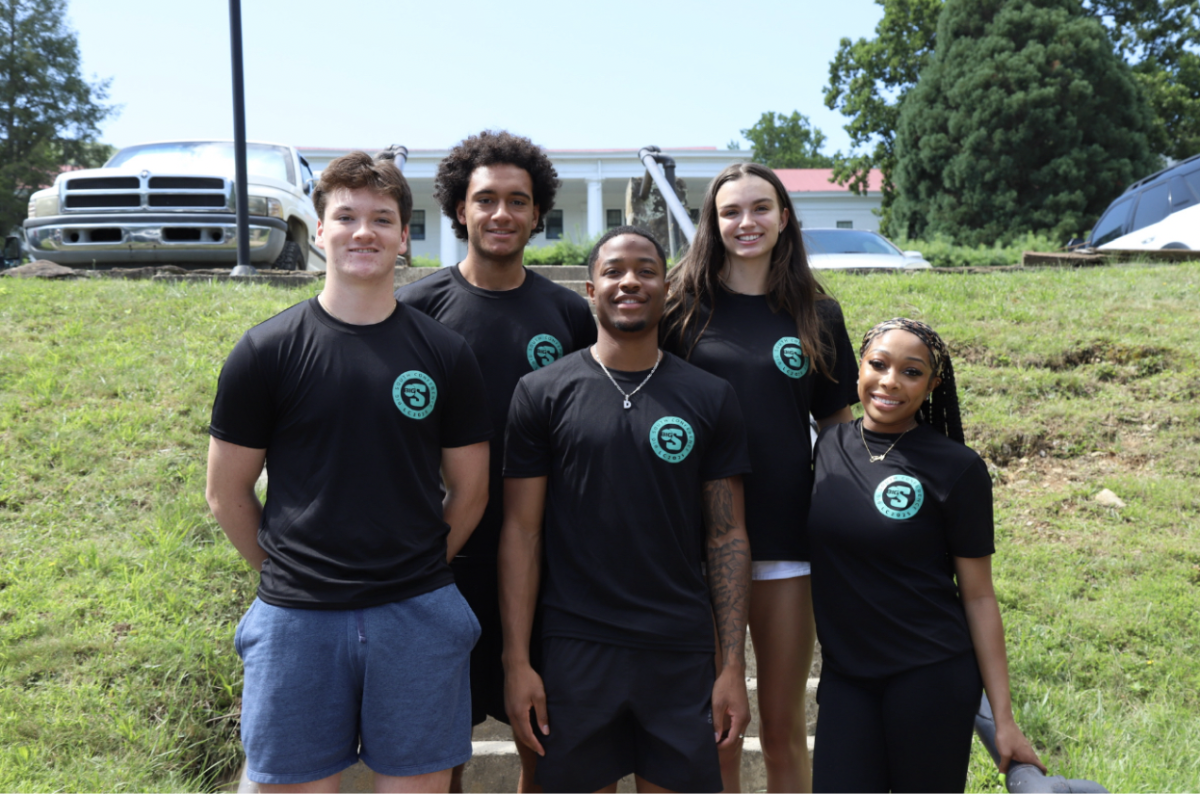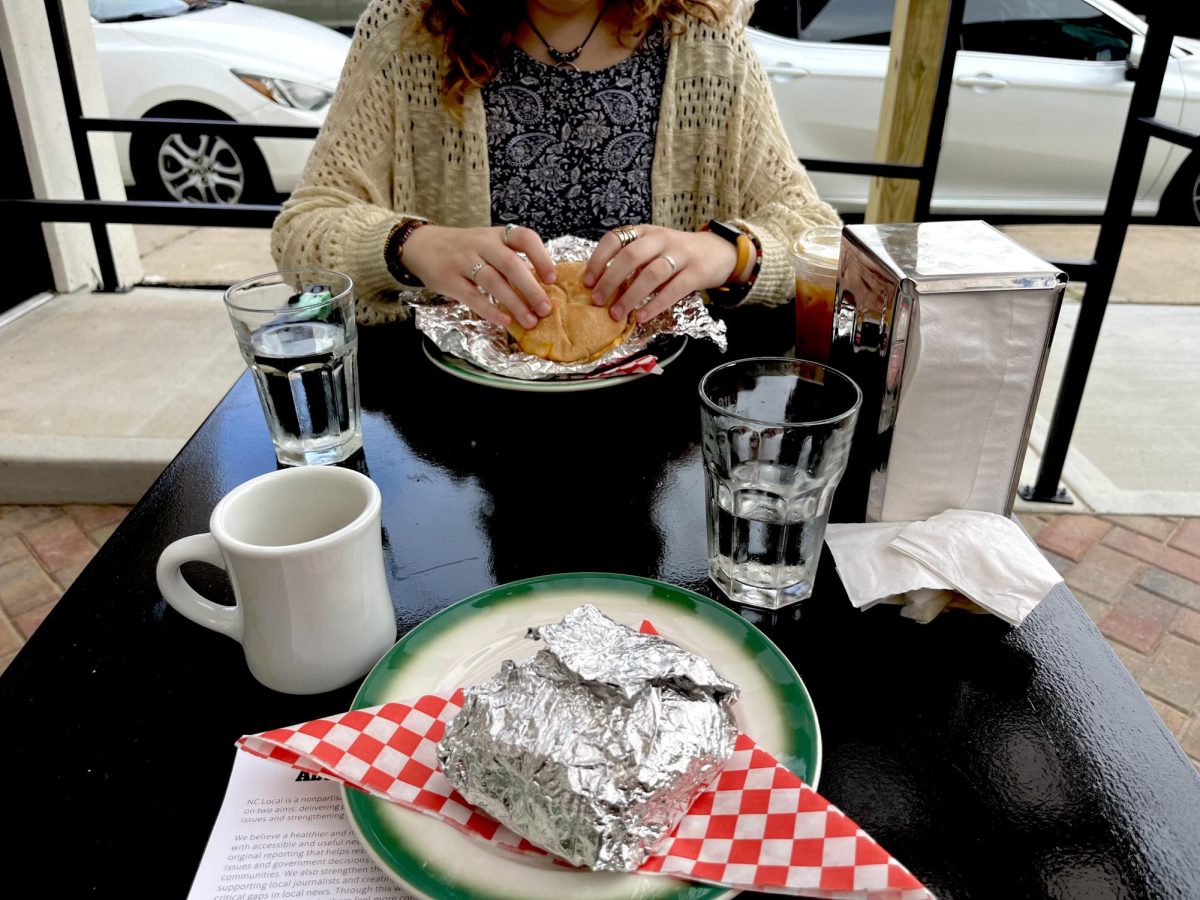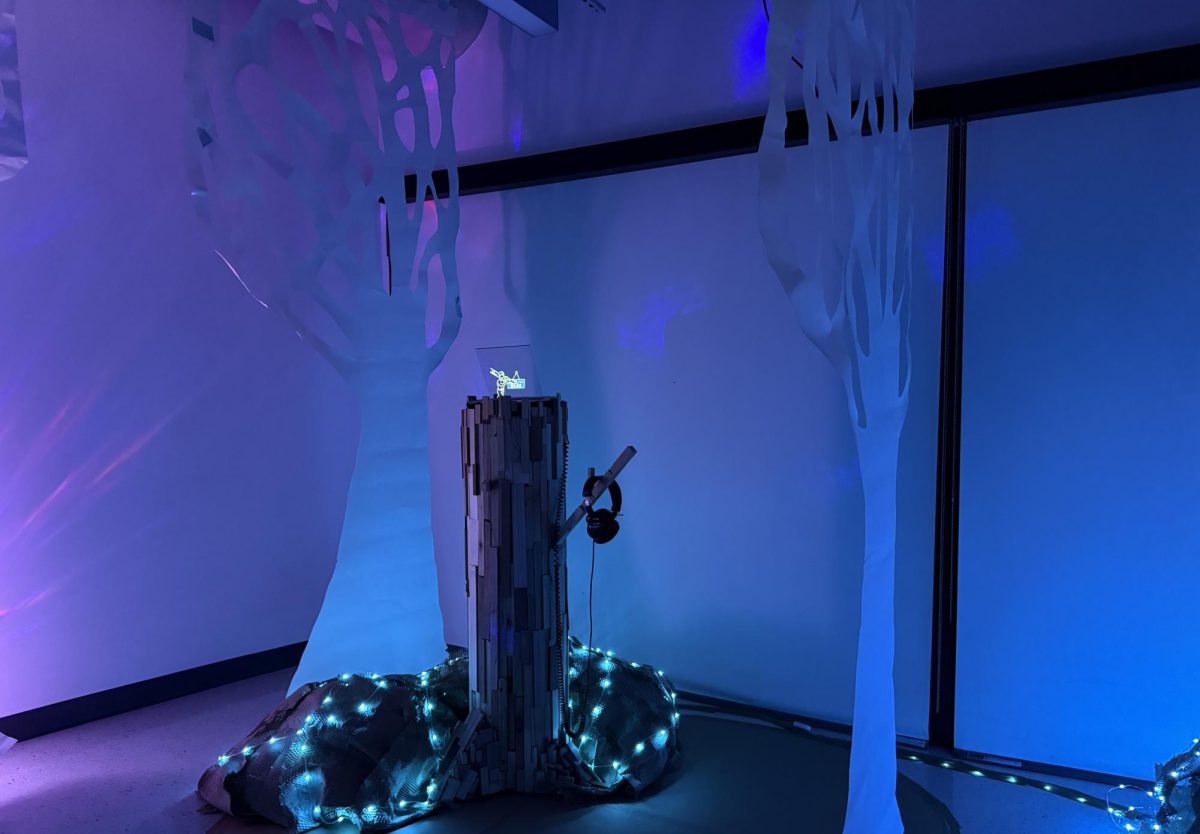By Samantha Savery, contributor
11/28/15
The Botanical Gardens at UNC Asheville house a history few know about. Situated among the towering trees and rocky terrain is a Civil War battleground.
Well, maybe not a battleground per se.
No one from either side was killed, and only a few were wounded.
Near the end of the war, six days before Lee’s surrender at Appomattox, the Union and Confederacy exchanged bullets and cannon fire for five hours to see who would control Asheville. The city was desirable for its location, as the Buncombe Turnpike was a lifeline for the Confederacy.
Daniel Pierce, history professor at UNCA, says the fact no one died is the most interesting fact about the battle.
“It depends on your perspective,” Pierce says. “It was either a crappy battle because there weren’t many people killed, or wasn’t anybody killed, or it was a great battle because nobody was killed. So, it depends on your perspective.”
Pierce says the Union did not expect a fight when they came to Asheville. On April 3, 1865, Col. Isaac Kirby used the Buncombe Turnpike, now Broadway, to march his 1,100 men into the mountainous city. But Col. George Clayton and his 300 men were a ready resistance.
Clayton’s troops were a ragtag group, comprising men from all walks of life. Fighting under his command were a local fire company, Asheville’s “Silver Gray” home guard, plus 175 remaining soldiers from his 62nd North Carolina Infantry. The ages of the defenders ran the gamut as well, from a 14-year-old boy to a 70-year-old Baptist preacher.
Pierce says both sides camped in the botanical gardens, with the battle ensuing shortly after. He says the home guard had been able to acquire two cannons when they heard the Yankees were coming.
The Union saw the city’s defenders were not just going to surrender easily, Pierce says, so the five-hour exchange ended with Kirby and his troops withdrawing. Kirby reported that he was not willing to sacrifice the life of even one man for the town of Asheville.
The lore of the Battle of Asheville is mostly kept by locals. Associate Professor Sarah Judson says she first heard of the battle when she relocated to the city.
“And so, when I moved here,” Judson says, “I learned so much about the really complicated way the Civil War unfolded here in this part of the South.”
While Pierce says the battle wasn’t really much of one, some locals still believe this to be a great Confederate victory.
The Sons of Confederate Veterans have a piece of fortification from the battle in the gardens. On it, a plaque shows obvious signs of age, the metal oxidizing to a pale green.
Judson says the war in general is politicized, and there are people who still support the ideas of both sides today.
Sophomore Meredith McLain says it is neat to commemorate this battle on campus.
“But I don’t think it should be glorified as an amazing Confederate victory,” McLain says. “I don’t think any Confederate victory should be glorified because it wasn’t a good cause to be fighting for.”
Judson says she doesn’t mind having a historical site like this on campus, but we should remember the Civil War was a complex period for our nation. One shouldn’t assume everyone in the county was for the Confederacy, Judson says, because this area had many Union supporters as well.
Pierce says if people want to commemorate a battle, this is a good choice. With no casualties, it does not compare to the bloodiest battle of the war, Gettysburg.
“It’s definitely no Gettysburg,” says Pierce with a chuckle, “but it’s what we got.”
Categories:
Botanical Gardens holds piece of Asheville battle history
November 28, 2015
0
More to Discover


![Brooke Pedersen [second from the right] and Luis Reyes [right] hold banners during the Wrap The Woods event.](https://thebluebanner.net/wp-content/uploads/2025/09/ELIZABETH_PRITCHITT_IMG_3470-1200x804.jpg)














